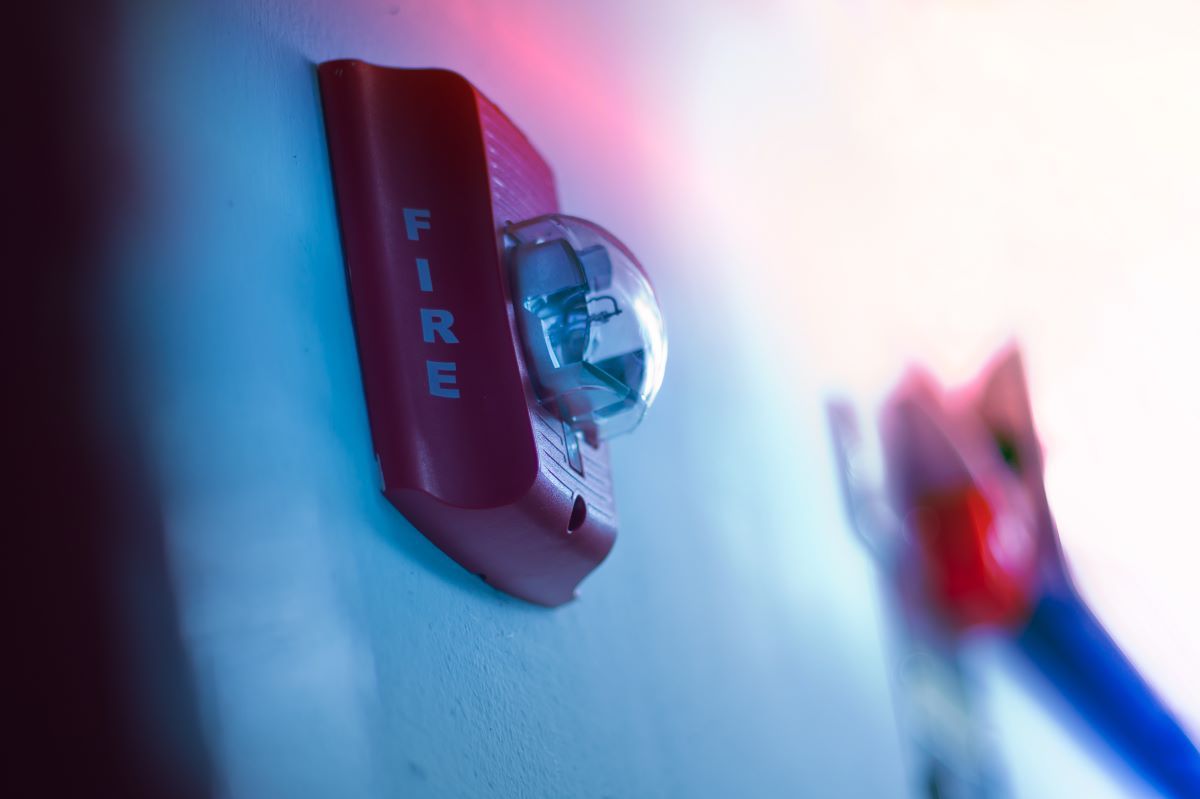
When it comes to fire safety, early detection and swift response are paramount. Interconnected fire alarm systems offer advanced protection by linking multiple alarms throughout a building. This blog post will explore the benefits of interconnected fire alarm systems and how they enhance fire safety measures.
Enhanced Detection Coverage
Interconnected fire alarm systems provide comprehensive coverage by linking multiple alarms together. When one alarm detects smoke, heat, or flames, it triggers a signal that activates all interconnected alarms, sounding alerts throughout the building. This ensures that occupants are alerted promptly, regardless of their location, maximizing the chances of early detection and evacuation.
Swift Alert and Response
In an emergency, every second counts. Interconnected fire alarm systems facilitate rapid alert and response by synchronizing the alarms. When one alarm is triggered, all interconnected alarms activate simultaneously, emitting loud and synchronized alarms. This immediate and synchronized response ensures that occupants are alerted instantly, providing valuable time to evacuate safely.
Notification of Multiple Occupants
Large buildings or premises with multiple occupants can benefit greatly from interconnected fire alarm systems. These systems enable the notification of all occupants simultaneously, ensuring that everyone receives the alert, regardless of their location. This is particularly crucial in scenarios where occupants might be spread across different floors or sections of the building.
Increased Accessibility
Interconnected fire alarm systems can be integrated with additional accessibility features to ensure the alert reaches everyone, including individuals with hearing impairments or disabilities. These features may include strobe lights, vibrating devices, or audible announcements, providing alternative means of notification beyond traditional alarm sounds.
Central Monitoring and Emergency Response
Many interconnected fire alarm systems can be connected to central monitoring stations or emergency response services. In the event of an alarm activation, the system automatically alerts the monitoring station, which can then dispatch emergency services promptly. This added layer of protection ensures that help arrives quickly, minimizing the potential impact of a fire incident.
Minimized False Alarms
Interconnected fire alarm systems often have advanced technology that reduces false alarms. These systems can differentiate between harmless smoke or steam and a genuine fire, minimizing the occurrence of false alarms. This not only prevents unnecessary evacuations and disruptions but also helps maintain the credibility and effectiveness of the fire alarm system.
Conclusion
Interconnected fire alarm systems offer a powerful solution for enhancing fire safety. By providing enhanced detection coverage, swift alert and response, notification of multiple occupants, increased accessibility, central monitoring, and minimized false alarms; these systems maximize the chances of early detection, swift evacuation, and effective emergency response.
If you're considering upgrading your fire alarm system, consult the Koorsen Fire & Security fire safety professionals to assess your needs and explore the benefits of interconnected fire alarm systems.


